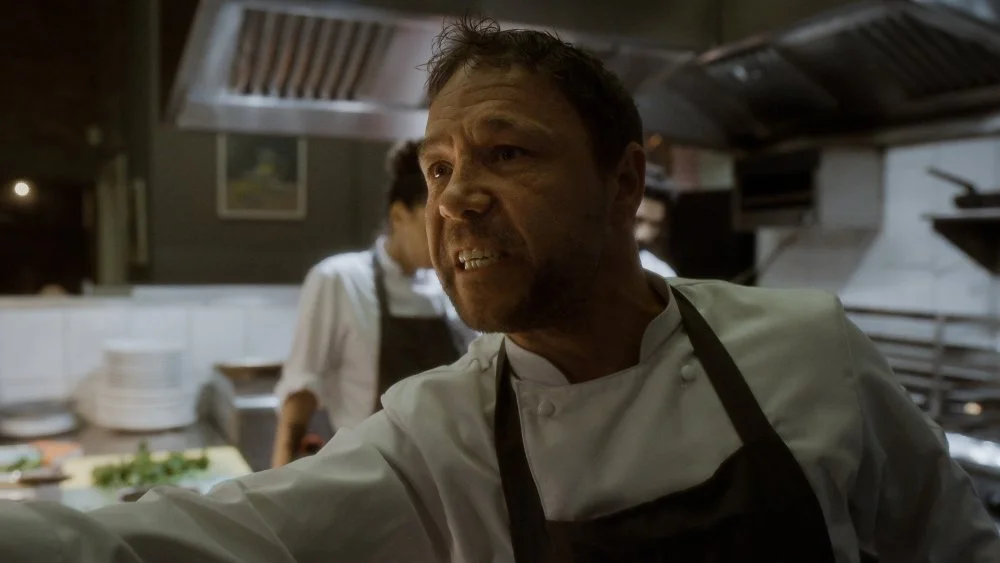Boiling Point (2021) Film Review and Summary
STRONG 7/10
In 2019, Uncut Gems made audiences squirm in their seats with anxiety while we followed Adam Sandler’s ‘Howard’ in his series of unfortunate events. Many felt as though they were accompanying him throughout his story, only to be unable to intervene at his worst moments. In Boiling Point (2021), there is a similar sense of anticipation as we watch Andy Jones (Stephen Graham) slowly crumble, alongside his restaurant staff, during a fateful night of a packed dinner service. It handles its transmission of emotions differently from Uncut Gems though, rather than relying on a main protagonist's summits of stress, Boiling Point is about the microcosms within an ensemble that amalgamates into a literal boiling point.
The film begins, and so does the chaos. Before we even see Andy, we can hear him frantically speaking on the phone, already juggling his family-life with his career. These vignettes of characters’ personal lives allows for the entire cast to develop a nuanced context without having to diverge into an entire subplot. Most of the time, it works perfectly well. Andy’s pastry-makers consist of a mother-son duo; the son is reluctant to roll his sleeves up in order to comply with health protocols, only for him to reveal to his mother that he has been harming himself. While we see very little of this pair for the rest of the film, moments like this offer short insights into what makes up the society that is this restaurant. In the case of Beth (Alice Feetham) though, this technique falls considerably short. Beth is the restaurant's hostess who is introduced as an integral aspect of its composition, only to be brushed aside for the rest of the film after a breathtaking exchange between her and Carly (Vinette Robinson).
Boiling Point is an exercise of storytelling through its extremely restrictive measures. The plot can only build off of itself, as no dei ex machina seems logical. In reality, there isn’t a plot, the film is more appropriately a compilation of interactions that all correlate to a common goal: making it through the night. Obviously, this is easier said than done.
Eventually, directions become lost in translations as everybodys’ personal distractions cloud their judgment and a woman begins to have a seizure due to an allergic reaction. This main event is ultimately the catalyst for the film’s finale, which is subtly downplayed to emphasize that the purpose of the film was the journey to reach this point. It’s just that when you put that much emphasis on the build-up, it causes much more scrutiny to be placed on character arcs such as Beth’s, that were not properly expanded upon.
This goes without saying, but the film’s cinematography is beautifully and meticulously executed. Boiling Point’s ‘one-shot’ style follows in a similar light to past technical masterclasses such as 1917 (2019), albeit on a considerably smaller scale. By “smaller”, I only mean in terms of budget and geographical limitations because the film excels at making its sole location seem grand and endless.
Boiling Point is one of many films in the niche genre of protagonists who have an extreme fall from grace. Instead of submitting to typical melodramatic tropes though, it blazes its own path with a stacked list of consistently solid performances. Even with the film’s extreme minimalism though, it can occasionally feel as though it is trying to do too much with too little.


